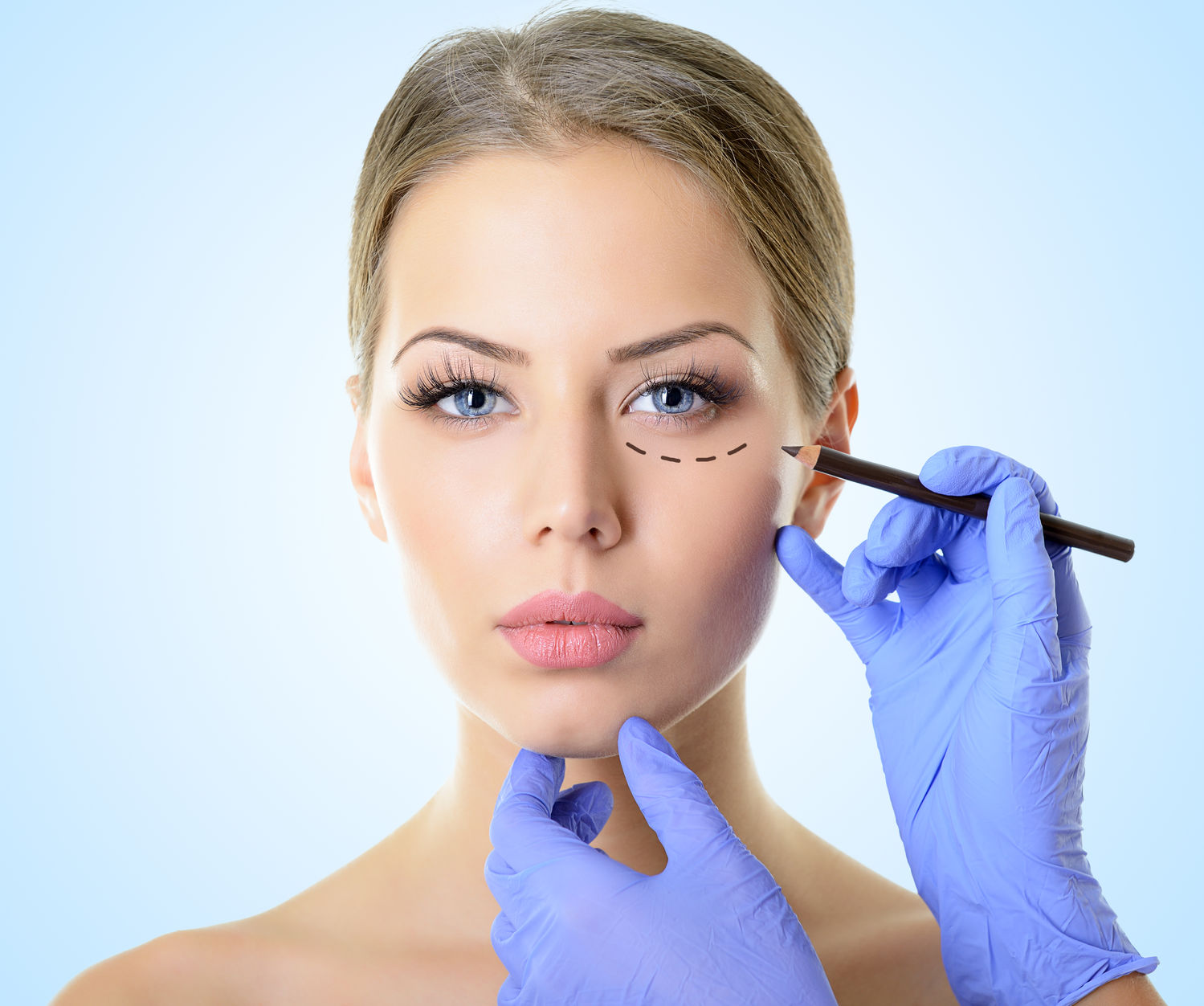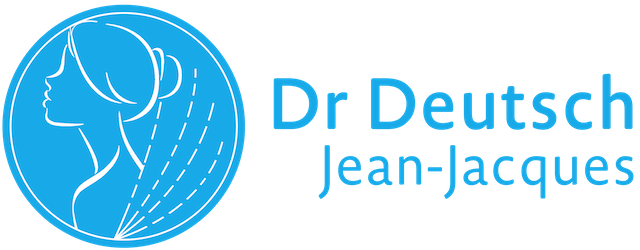Scientific elements of face diagnostic
For internet users: you will find below a simplified adaptation, though it is detailed enough, describing elements taken into consideration by Dr. Deutsch when he performs a diagnostic of the face
Dr. Deutsch specializes in the zones of head and neck. Below you will find the elements constituting good aesthetic face diagnosis and allowing to make an excellent choice regarding which techniques to use. Dr. Deutsch needs one hour for the first consultation.
I. Subjective elements
1/ Subjective elements:
- Emotions felt when contemplating the face and its natural expressions (also experienced by the patient when he looks in the mirror)
- Photogenic which can decrease with age. It is useful to compare with earlier photos.
- • Subjective comparison allows us to find the expression of natural condition, harmony and equilibrium (a lot of research confirmed that in all cultures the overwhelming majority of interviewed people choose the same portraits possessing universal properties).
Conclusion: the doctor practicing in the field of aesthetic medicine should ask questions regarding negative emotions he felt and find their causes, comparing his feelings with those of the patient (feeling of old age, sadness, bitterness, austerity, sagginess, etc.). Than he should propose procedures allowing bringing back the positive feelings.

II. Objective elements
A/ Proportions of the face
Proportions of the face are well studied; the golden section principle appears to be the key mechanism. It is the proportions of the face that its equilibrium is conditional upon. They differ depending on the gender. Cultural and ethnic criteria can also influence the perception of the proportionality of the face. If the correct proportions are not observed, is it caused by morphology (genetic) properties or gradual changes in the course of time? These questions help to find the correct answers.
Some guidelines :
- When you look straight at the face, divide it into three zones, both horizontally and vertically. The distance between the eyes and the size of the mouth depend on the form of the face (oval, square, round, or elongated). The corners of the lips touch the same vertical as pupils do. Men’s chins are squarer and women have more elongated chins. The form of the eyes and lips is important and varies depending on the gender. Cheekbones, more or less visible, should be positioned high. Smile should make the upper incisors visible but not the gums.
- When you look at the half face, the forehead should be convex, Schteiner’s line should pass through the nose, lips and chin: any visible deviation from this line should be analyzed and corrected.
B/ Supporting tissues located under the skin
By the supporting tissues under the skin we mean bones, muscles and fat tissue. Their atrophy, even partial, results in inevitable loss of volume which will later cause sagginess.
Consequence: it is necessary to fight against this atrophy or to compensate it. To better understand how supporting tissues work, let’s turn to an analogy of a bed.
- There are bones at the deepest level (they form the solid bed frame): with age some zones wear out (what’s why it is possible to determine the age of a skull). Even minimal depletion of bone tissue, making the whole structure more vulnerable, can result in changes in many small muscles in the nearest proximity. On the other hand, bone structures depending on how visible they are (for example, the orbital bone determining the cheekbone shape or upper maxillary bone determining the chin shape) contribute to the unique properties of the face and its ethnic features. It is possible to try counterworking the partial depletion of the bone tissue in some zones through injections of special products onto the bone or through surgical implantation of a hard implant.
- At the second level, right on the bone tissue there is deep fat tissue. It is particularly visible in the areas of temples, eye sockets, cheekbones, cheeks and chin. It plays the role of a “matrass grid” allowing the “matrass” consisting of muscles to remain hard and tight. Patients with skinny faces only have a thin layer of fat tissue and often appear older. If this deep fat tissue becomes susceptible to atrophy (genetic particularities, weight loss, illness, aging), a significant number of undesirable events will take place: first, without support, the muscles covering the strategic zones will begin to sag. Restoring deep volume became the basis and one of the main goals of the aesthetic medicine in field of face treatment. This technique requires thorough knowledge of the face anatomy and extensive experience. (Surprisingly, these interventions are practically painless since they affect muscles and vessels).
- At the third level, there are many face muscles, big and small, strong and weak, responsible for mimic, face expressions and such vital functions, as mastication and closing of the eyes. All of the muscles combined make a true “matrass” consisting of three layers: deep, middle and superficial. This system divides into antagonistic muscles, meaning that for every muscle there is always another muscle or a group of muscles that act in the opposite direction. (For example, the frontal muscle pulls up whereas the muscles of the brows and upper lids pull down. After each contraction of a muscle (caused by a command of a motor nerf) relaxation follows. But even in the relaxed state muscles keep their resting tone. If this tone is too significant, regardless of age, it can provoke constant mimic wrinkles and folds (that’s what happens to forehead wrinkles: botulinum toxin injections relax them for a long time which makes the folds between the brows and horizontal wrinkles disappear). Everyone knows that body muscles become less supple with age. The same happens with face muscles: they lose their elasticity, increase their resting tone (that’s what happens with visible neck muscles: finally, these two thin and flat muscles turn into real “ropes”, unaesthetic and giving away the patient’s age). Dr. Deutsch tries to make everything to prevent the gradual loss of muscle elasticity. Use of botulinum toxin is one of the tools, more cosmetic, as its effect is temporary and when you stop administering it, long-term improvement is rarely seen. Moreover, only certain muscles are possible to work on, otherwise there is a risk of radically changing the face expression. Dr. Deutsch favors face muscles relaxation techniques (something similar to face yoga) with the goal of slowing down the aging processes and everything that can improve muscle oxygen supply, contributing to metabolism anti-oxidizing processes, including internal methods.
Finally, it appears that restoration of the good “matrass grid” is the most logical and efficient method resulting in the regained muscle faculty to relax. This is achieved through direct injections of sufficient volume at the level of the deep fat tissue (using the patient’s own fat harvested in the operating room or using bio-degradable long-term volumizing implant)
Thin and very strong fibrous membranes – aponeurosis (which can be compared with “sheets”) cover and protect the muscles. They can be divided into superficial and deep aponeurosis. First of all, fibrous tissues begin with aponeurosis, and they are fixed on certain deep points of the skin, creating very strong bonds. Thanks to these bonds, muscle contractions are transferred to the skin, and different facial expressions are created. This complex interactive system is called muscular aponeurotic superficial system (MASS). That’s why the points on the face where these aponeurosis connect to the skin are extremely important.
Until recently, surgeons performed liftings by returning elasticity to MASS installing non-bio-degradable threads in the tissue. The surgeon had to make sufficiently large incisions in the skin under general anesthesia. Currently, a doctor practicing in the field of aesthetic medicine installs the threads (with incisions or knots) at the MASS level, without incising the skin under local anesthesia. Then, the doctor pulls the thread, which in turn pull the skin and fat tissue and they stay where they placed.
- The fourth level consists of the subcutaneous surface of adipose tissue: this layer like a bedcover, protects muscle “mattress”, it is not everywhere, but it brings extra volume to the face that gives it its unique personal and ethnic characteristics, a more rounded shape and tightness, especially in the zone of cheeks and mouth. This fat tissue makes a single system with the muscles below it (it moves simultaneously with contractions of some of the muscles responsible for facial expressions). Even if you need to restore a sufficient amount of volume, you need to be very careful, because there is a risk to get an unnatural and aesthetically unattractive facial expression (which happens to inexperienced doctors and which discourages people from aesthetic medicine).
C/ The skin that separates “what’s inside” from “what is outside” acts as protective cover placed on the MASS in numerous points, which allows it to follow the movements of muscles when the muscles contract and relax. Skin thickness varies greatly, depending on the zone of the face (very thin on the eyelids, thick on the chin). It consists of three layers: hypodermis is the deepest layer, then there is dermis containing the largest number of elements, and finally there is epidermis, which is a surface layer and defines skin pigmentation.
Since the hypodermis also contains adipose cells, it is sometimes difficult to distinguish it from the subcutaneous part. This somewhat ambiguous area is a channel for the so-called tissue interference techniques, the main idea of which is to inject drugs stimulating production of collagen and richer connective tissue.
The dermis is above the hypodermis: it contains connective tissue, fibroblasts (mother cells at the origin of 65% of our body), fibrous tissue, and water. It gives the skin elasticity and resilience to external influence. It is regularly attacked by ultraviolet rays (from the sun), suffers from lack of oxygen due to smoking (nicotine causes constriction of micro-vessels). Hydration and stimulation are two main procedures to help the dermis to fight fading and aging: by injections, peelings, thermal or ultrasonic treatment.
The basal layer separates the dermis from epidermis and is a very winding line (forming a “dermal papillae” similar to fingers). It acts as a filter for the exchange processes between the dermis and epidermis. This line becomes flatter with age, causing sagging, stretching and loss of skin elasticity. It is from this layer that epidermis regenerates. There are many techniques of stimulating the basal layer.
The epidermis, located on the surface, consists of a “pavement” of cells distributed in a number of layers, which become flat and lose their nucleus as they approach the surface and end with a thinner or thicker layer of keratin (thin in the face, thick in the soles of the feet). It is protected and lubricated with sebum produced by the sebaceous glands and which regulates body temperature when sweat glands release sweat. The epidermis contains pigment cells (melanocytes) that give the skin its natural color and when stimulated (sun or inflammation) cause tan or dark spots. The epidermis is constantly regenerating and it interacts with the dermis. Abrasive or chemical very superficial peelings accelerate the regeneration and thanks to a light inflammatory process stimulate the dermis.
The doctor practicing in the field of aesthetic medicine first needs to determine: how much did the skin change or age (epidermis, dermis and hypodermis)? Is the skin saggy, are there pigmentation spots, wrinkles? In which specific areas of the face?
Next, the doctor should establish the causes for the changes and accelerated aging in a specific area of the face.
The doctor must choose the best technique for the procedure, which should combine efficiency and safety (since there are usually for several solutions to a single problem).
